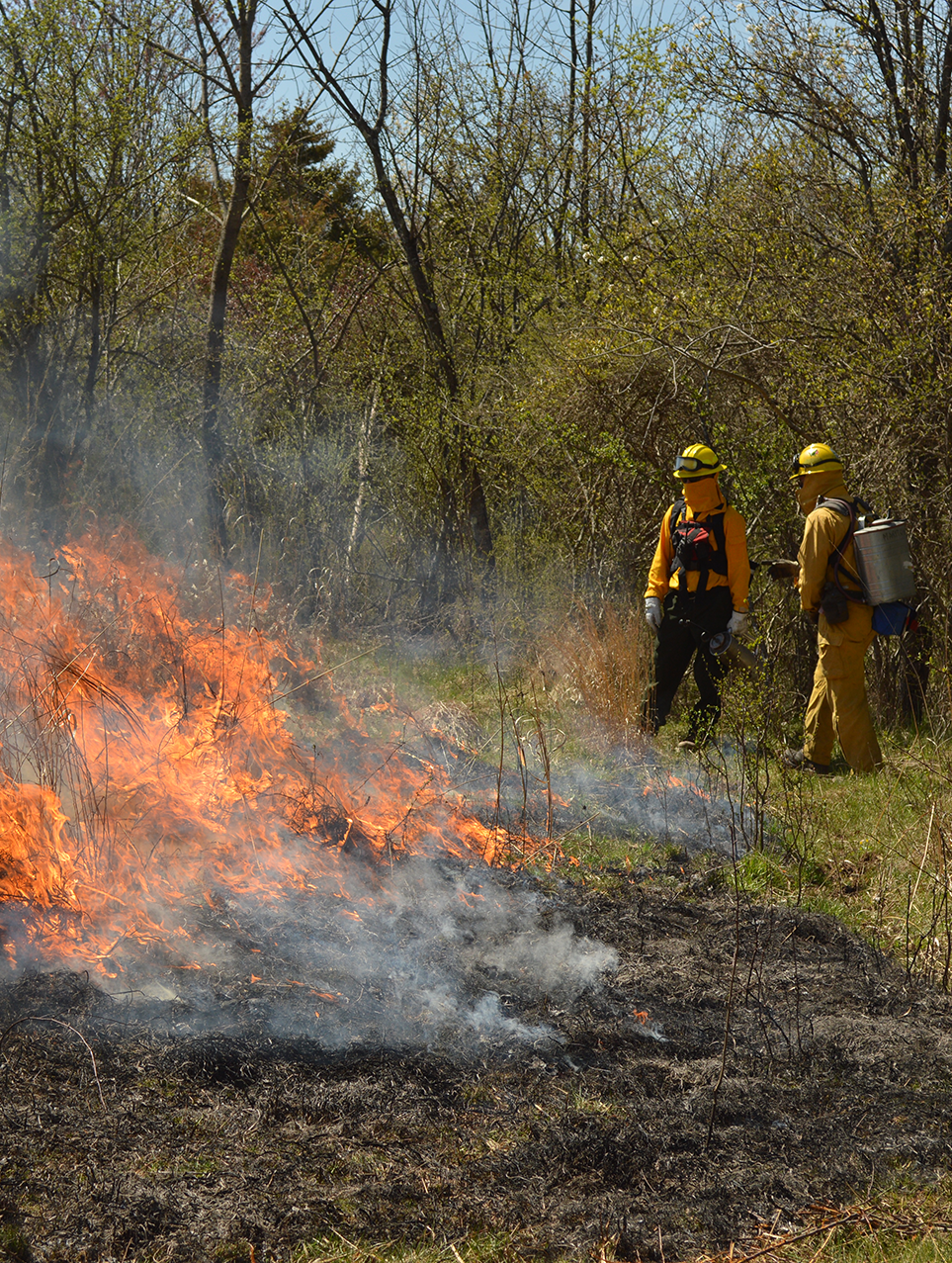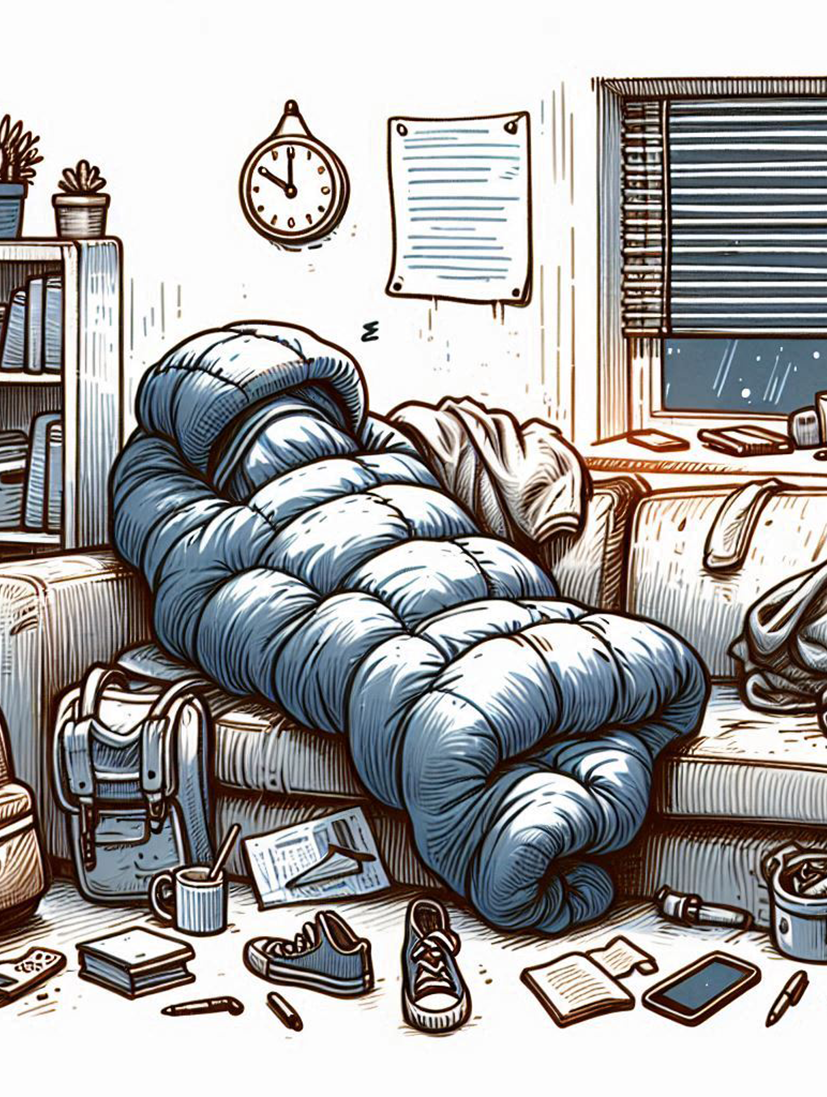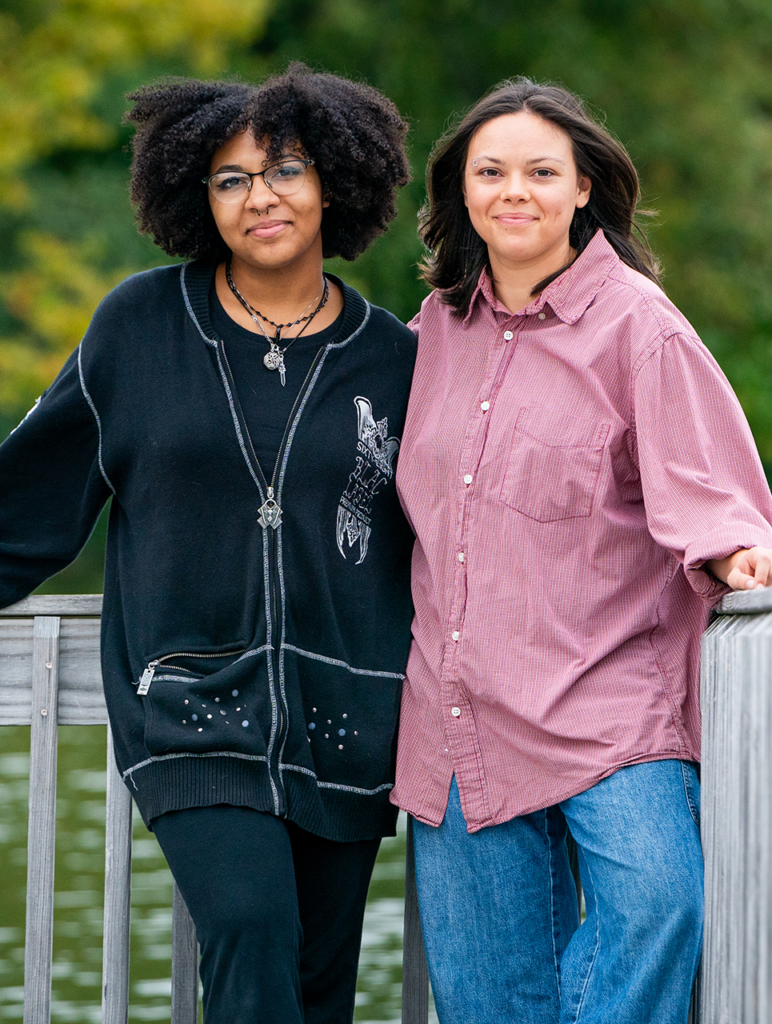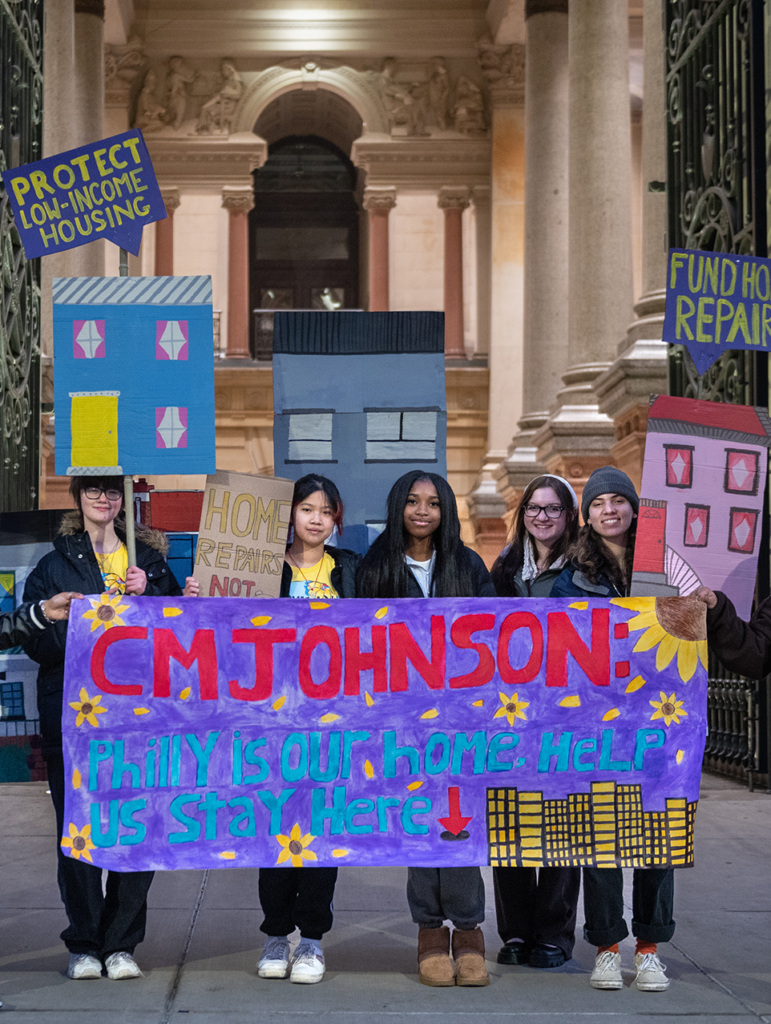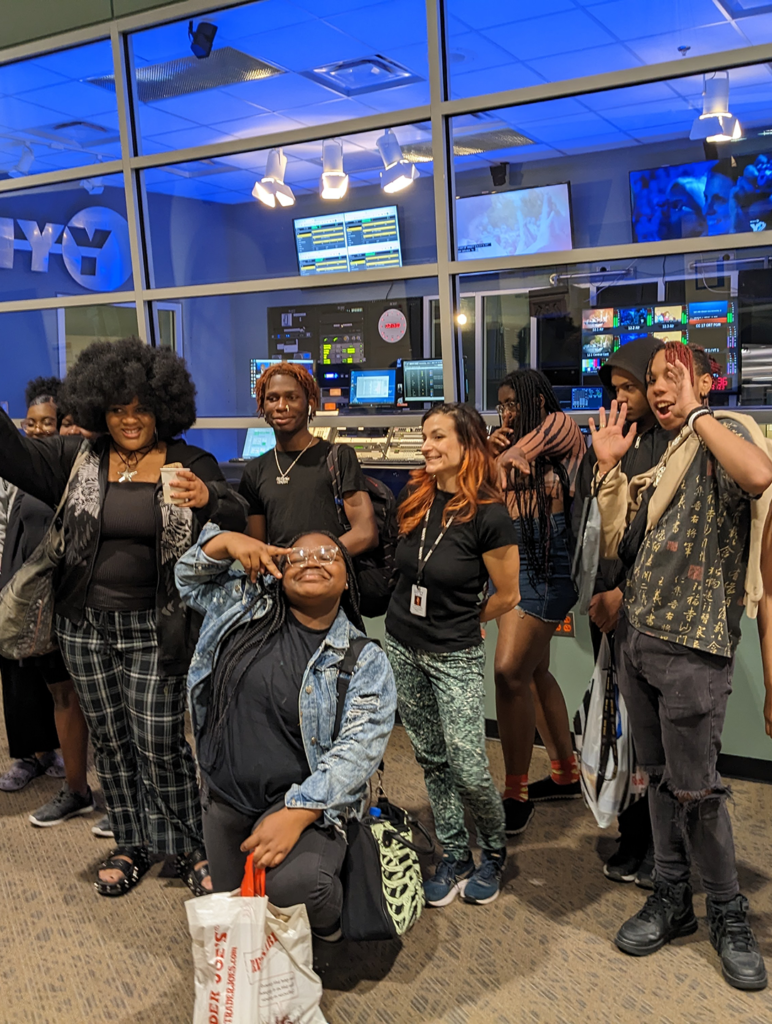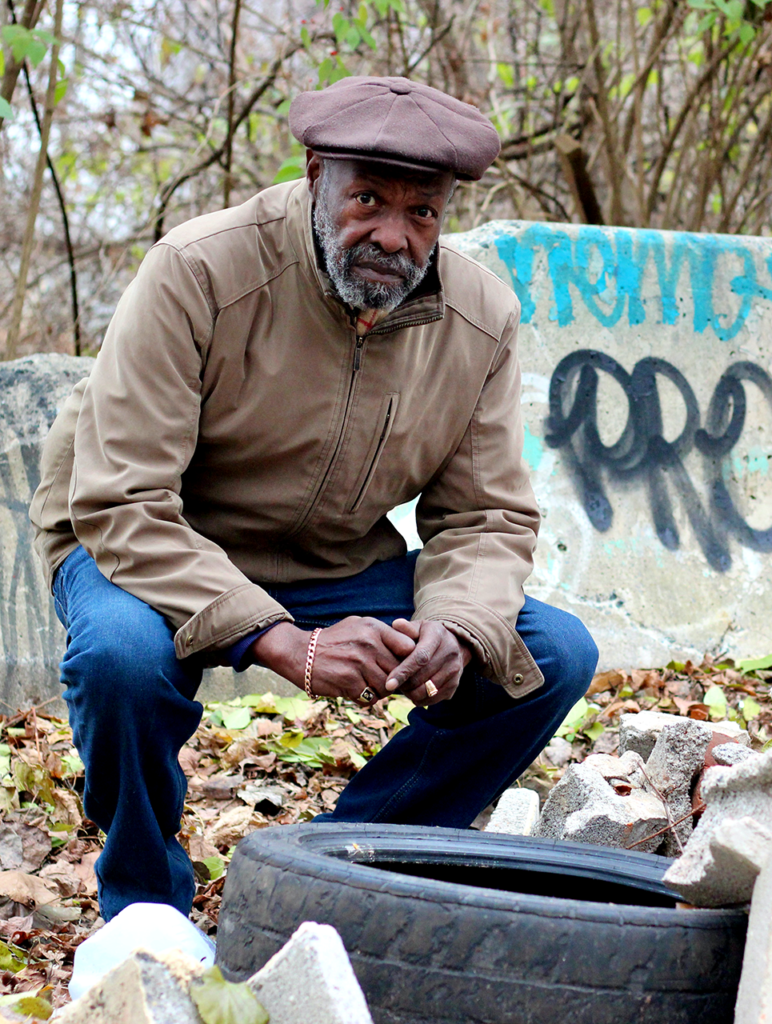Last summer, someone set fire to one of the Whitby Meadows in Cobbs Creek Park. The blaze didn’t damage property or injure anyone, and it didn’t cause any permanent damage. I disapprove of arson or carelessly-set fires, but in this case, I found myself wishing our parks would burn more often. Done safely, our park ecosystems could benefit. So I set off to find out why, in Philadelphia, we can’t have more fire.
This time of year, news of fire usually comes from out West. So far 7.9 million acres have burned in 2024, almost all of them in the Great Plains and Mountain West. In California the Park fire scorched 429,603 acres (about four and a half times the land area of the city of Philadelphia). Closer to home, wildfires routinely strike the New Jersey Pine Barrens.
The media coverage often describes how decades of fire suppression has left forests with thick growth ready to ignite. The wildfire news cycle also includes stories of land managers setting smaller “prescribed” burns to keep that kind of tinder from accumulating to the point that it can fuel larger conflagrations.
Healthy, intentional fires are nothing new. For most of human history and prehistory, fire has been an essential tool for managing the landscape. Before European colonization, Indigenous peoples such as the Lenape in what is now eastern Pennsylvania regularly set fire to forest underbrush in order to keep the woods open and make it easier to hunt deer. They did the same in valleys to maintain grassy bison habitat, according to a historical account. They also used fire to clear land for agriculture. The result was ecosystems adapted to fire.
Still, prescribed fire in the Philly area has only recently come back into fashion. Darin Groff, regional manager of land stewardship and fire management coordination for Natural Lands, says the land trust started using fire in the mid-1990s. “Everything was geared to the West,” he says, with less awareness of how to use fire in the habitats we see in our area. “In the last 15 to 20 years much more [local] research has been done.”
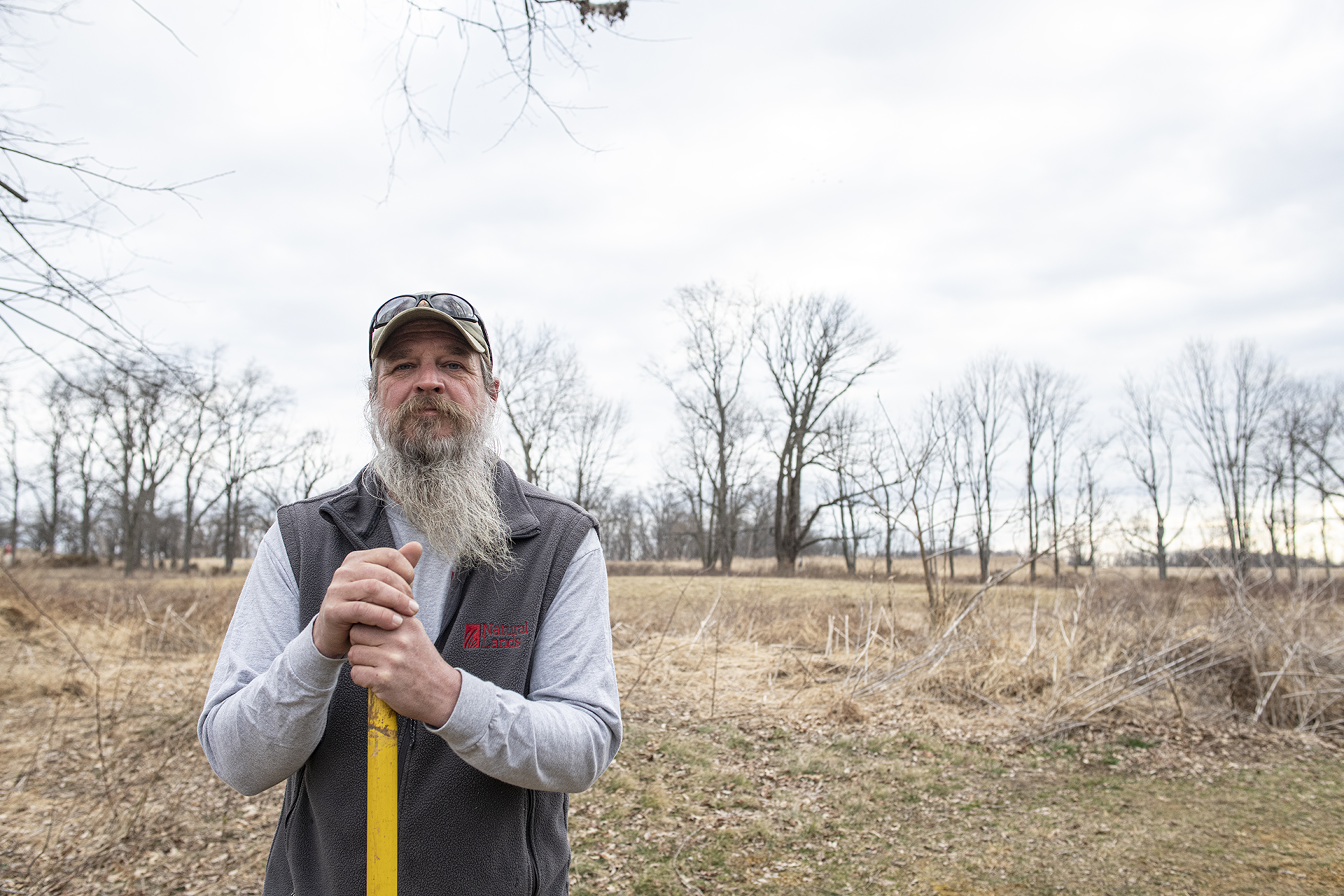
Groff says fire is particularly useful in meadows, where it can keep trees and shrubs from taking over and can remove thatch — accumulated dead grass — allowing new growth to sprout from the soil. “Grass loves fire,” Groff says. Natural Lands also sets fires to maintain serpentine barrens habitat in Chester County as well as to keep oak-dominated forests healthy in the Poconos.
I had assumed Natural Lands and similar groups like The Nature Conservancy only burned land in rural areas where there were no houses nearby that could accidentally catch fire. I was wrong. “Our preserves are pretty suburban,” Groff says, and then rattles off a list of preserves where Natural Lands uses fire, including the Hildacy Preserve in Media and the Gwynedd Preserve that straddles Blue Bell and North Wales.
Smoke is one of your biggest concerns when you’re doing fire in an urban area.”
— Josh LaPointe, RES
I was also wrong in thinking that the risk of blazes getting out of control is what primarily limits prescribed burns. “Smoke is one of your biggest concerns when you’re doing fire in an urban area,” says Josh LaPointe, who works in the Midwest for RES, an ecological services firm. He often sets fires to maintain prairie habitat in the Chicago area. Prescribed burns entail meticulous preparation, and a fire plan will detail the weather conditions necessary to conduct a burn. These include winds that will allow smoke to quickly ascend into the atmosphere rather than blowing into nearby houses or across roads where it could cause accidents. Winds also need to keep the smoke away from taller buildings with ventilation intakes on their roofs, such as hospitals. A foggy day, which will trap smoke close to the ground, can force the burn boss, the person in charge of a prescribed fire, to call it off.
Both LaPointe and Groff emphasized the need to communicate with local fire departments and neighbors so that no one is unnecessarily alarmed. “You spend a lot of time up front building the plan, getting permits, reaching out to neighbors,” LaPointe says. “You don’t want people to freak out.”

If they can burn meadows in Chicago and in Media, why not in Fairmount Park? “Prescribed burn is a management tool that Philadelphia Parks & Recreation (PPR) has not utilized,” a City spokesperson wrote in an email. I asked why not, but I didn’t hear back.
The Fairmount Park Conservancy, a nonprofit organization that manages some City parks, was more forthcoming. “Controlled burns are generally not allowed in urban limits in PA, plus the smoke in an urban setting is also a limiting factor,” a spokesperson wrote by email.
I am optimistic that Philadelphia could overcome these hurdles and embrace restorative fire, but in the meantime there are other options to maintain habitat. “Fire isn’t the only answer either,” Groff says. “You have to consider what fire is … whether hand pulling, herbicide, haying the field, it’s just one of the tools in the box.”


